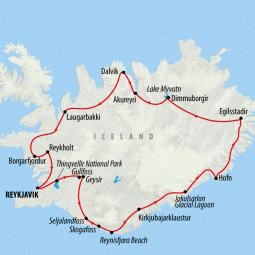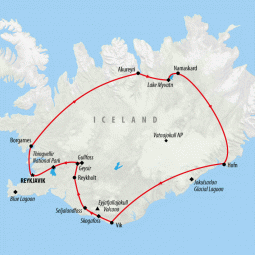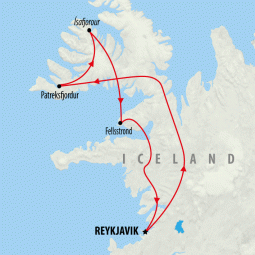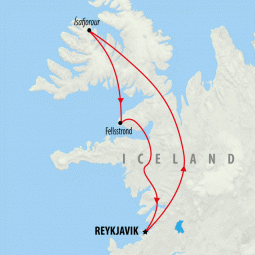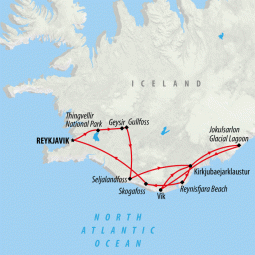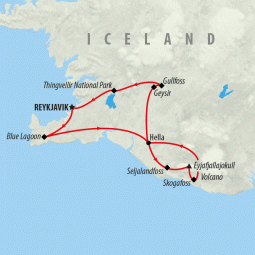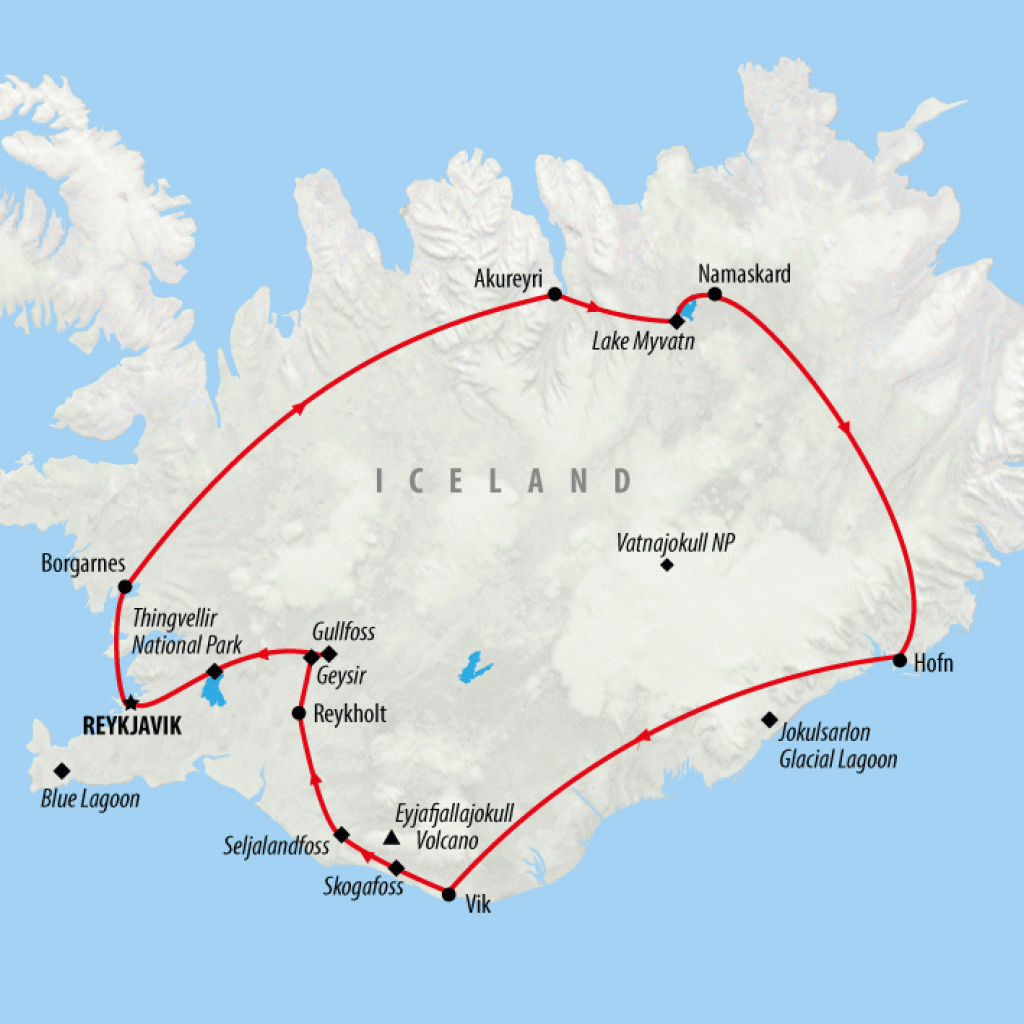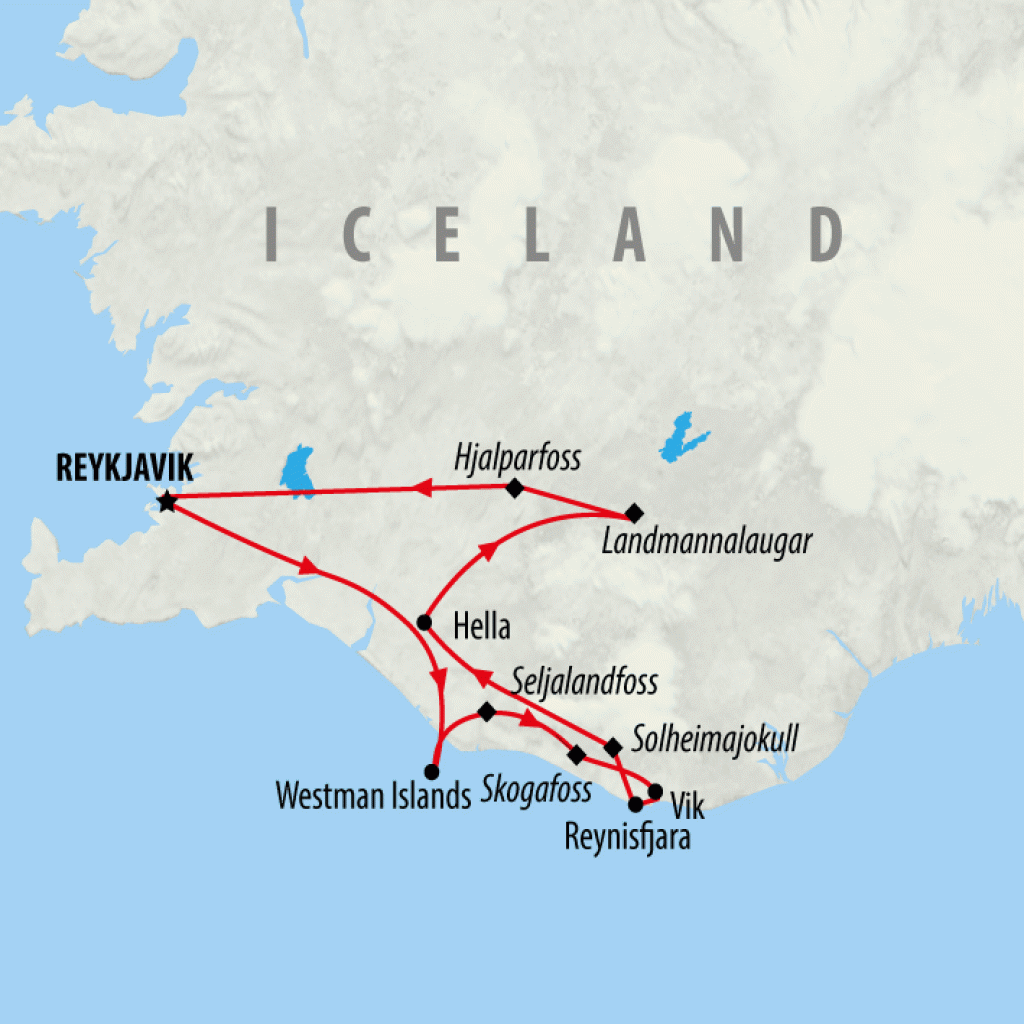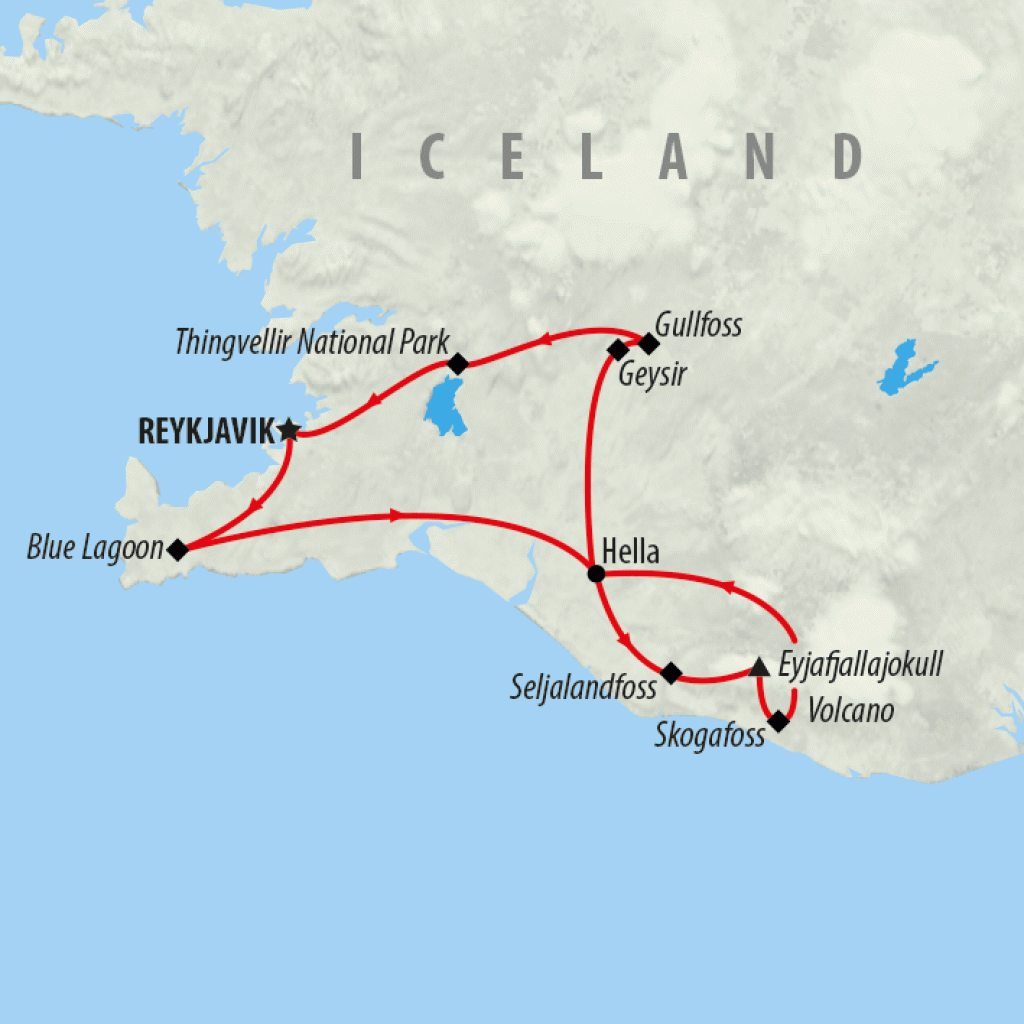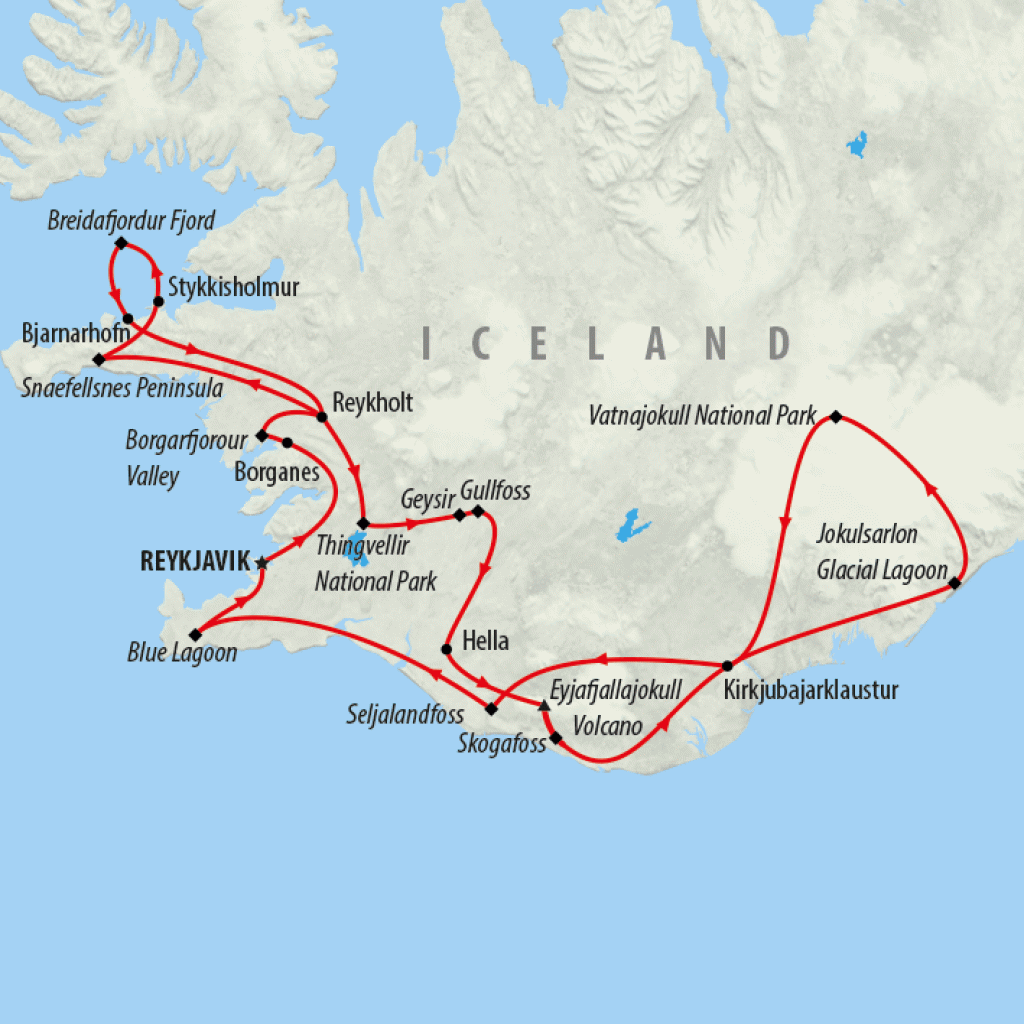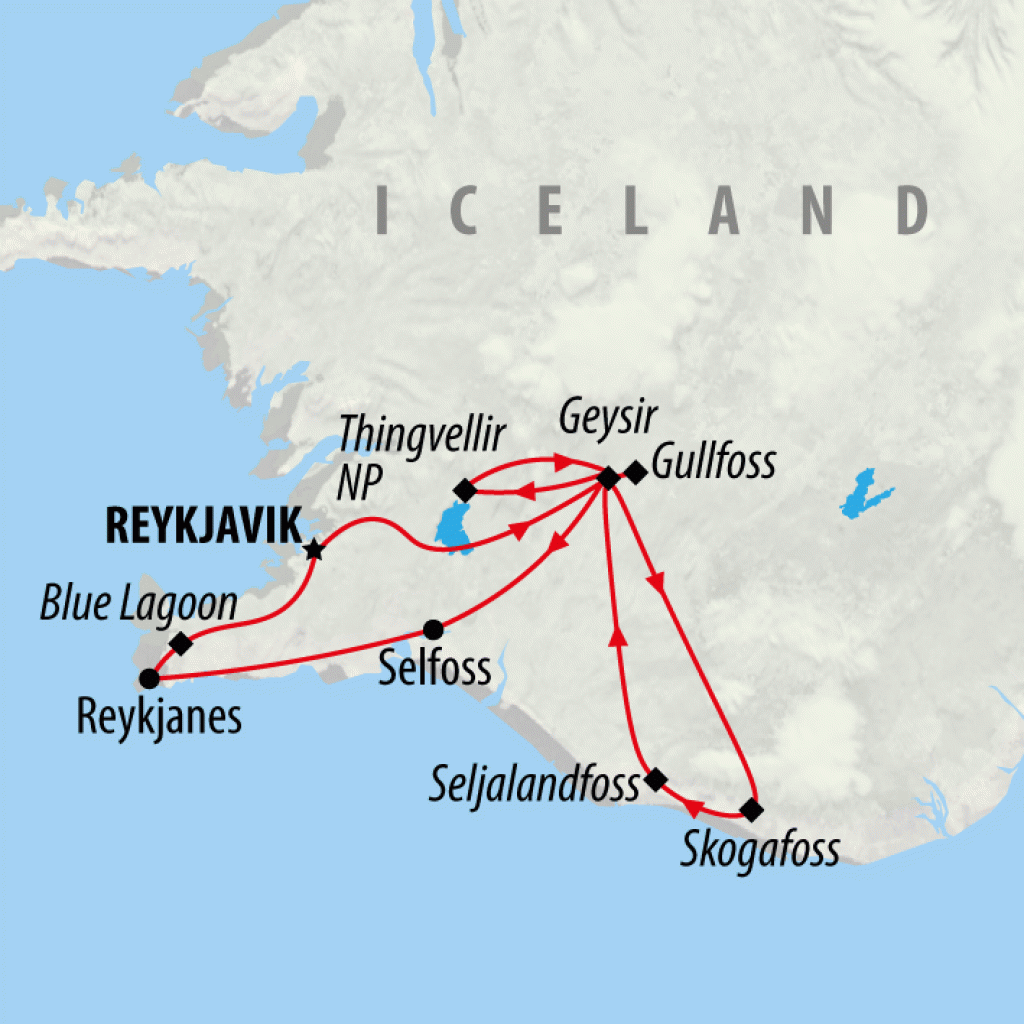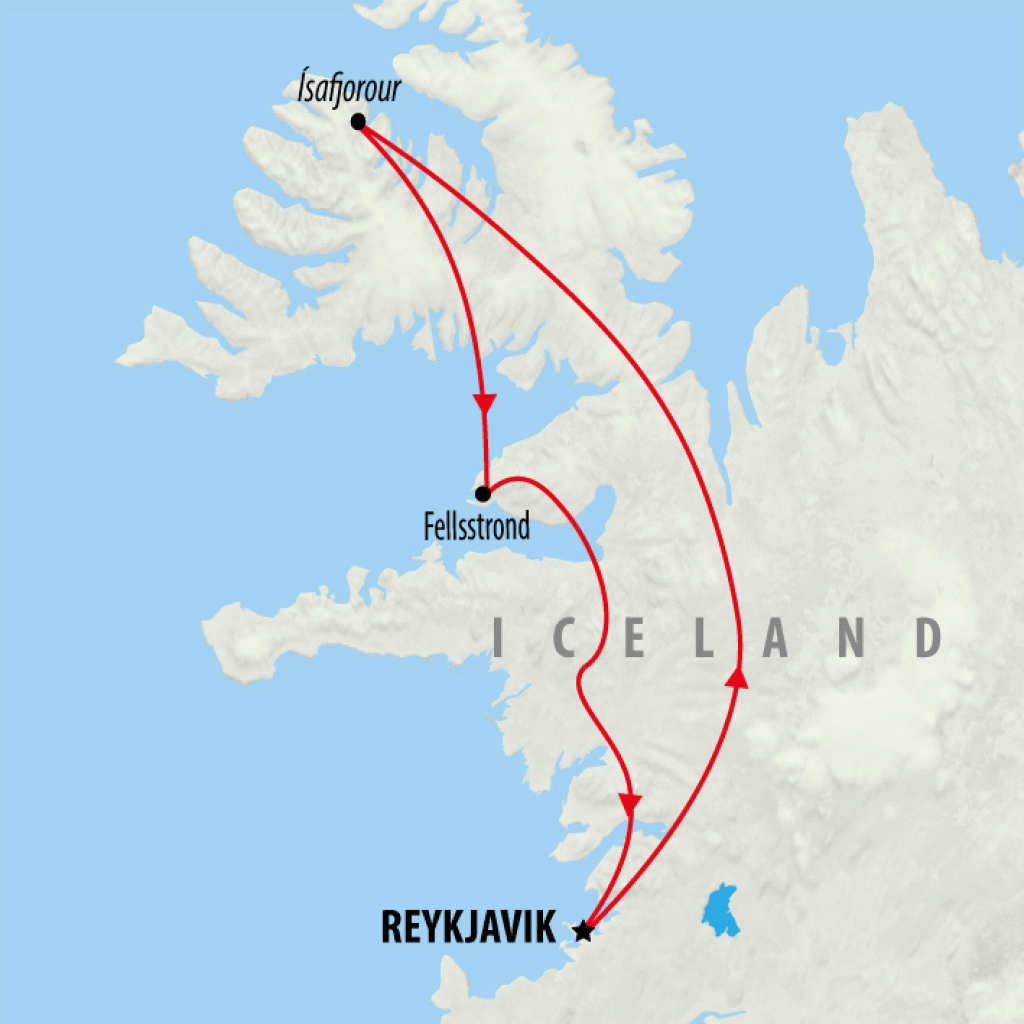What to Pack for Iceland if Visiting in Winter
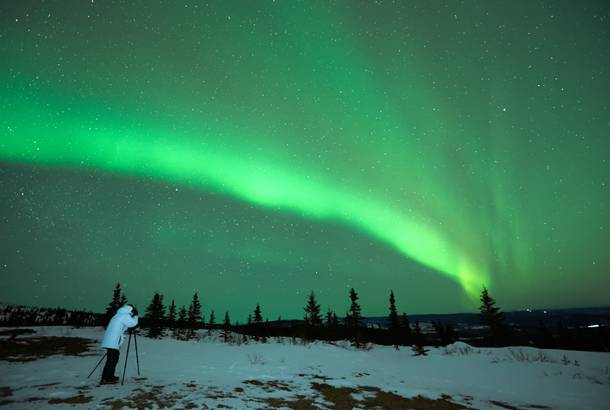
Visiting Iceland in winter
Before we get started on a packing list, you need to know why visiting Iceland in winter is such a good idea. Iceland really only has two seasons, and winter is generally considered to last from November to March. The first reason why visiting at this time of year is a good idea is that it’s quieter. The days are shorter and the weather is colder, so many visitors stay away. But this is the time of year to spot the Northern Lights, so we say it’s totally worth it! And it makes that dip in the Blue Lagoon even sweeter when it’s a bit chilly. As well as the Aurora Borealis, you’ll get to enjoy snowcapped mountains and volcanoes, frozen waterfalls, and other stunning winter scenery.
Now you know why you should visit Iceland in winter, let’s get on and figure out what to pack for Iceland!
Iceland packing list
Windproofs
So the clue is in the name of the country: Iceland is chilly, especially in winter. The average December temperature is around 2 degrees Celsius (35 Fahrenheit) and it routinely drops below freezing, especially at night.What really makes you feel the cold is the bitter wind which sweeps across the island, thanks to a lack of tree cover and lots of vast barren landscapes. So you’re going to want windproof gloves, a jacket and hat.
On the jacket, make sure that it is also waterproof. Although you aren’t likely to see much rain, snow, ice and the spray from waterfalls can all cause you to get a bit damp. And it doesn’t matter how warm your coat is, if it doesn’t keep you dry, you will be very uncomfortable. Down jackets are notoriously good at keeping you warm, but they really aren’t much good in Iceland, because they don’t keep the moisture out. So leave the Canada Goose at home and bring something waterproof, as well as resistant to the wind! An additional warm jacket for when you’re exploring Reykjavik is a good idea.
Scarf
Another great way to keep the wind at bay is to wrap yourself in a scarf. You can treat yourself to something fluffy, like cashmere. But any old scarf will do really, just to keep the wind out!Good quality, waterproof boots
In terms of footwear, flip flops and trainers won’t cut it in Iceland. It’s only worth visiting Iceland if you fully embrace the country’s natural environment. Iceland is a land of grumbling glaciers, steep volcanoes, and cascading waterfalls. And to get the most from all of these attractions, you need sturdy ankle support, waterproofing and comfort. If you don’t already own a good pair of hiking boots then they’re a worthwhile investment. A good pair will last 10 years or more and once you’ve caught the adventure travel bug in Iceland (which you will), you’ll be able to take them everywhere, from the national parks of Africa to the Inca Trail in Peru!A top tip is to make sure you don’t bring brand new hiking boots to Iceland. You want to wear them in a bit to avoid getting blisters. So if you’re buying a new pair, make sure you get a couple of weekend hikes under your belt before you fly to Reykjavik.
Thermals
Thermal base layers are a great idea for Iceland, for two reasons. Number one, they keep you warm, obviously. A thermal top is a must, and a thermal set of bottoms is a good idea if the forecast suggests the weather is going to be cold.The second reason is that a layer of thermals mean you can then add a few thinner layers on top, which can easily be stripped off if you get warm whilst hiking or whilst indoors where there is likely to be heating. If you just wear one or two super thick layers, you’ll be permanently too hot or too cold. But thermals with a few thinner layers on top means you can stay at the ideal temperature.

Swimwear
So many travelers to Iceland forget this one but it’s a crucial part of your Iceland packing list! One of the highlights of a trip to Iceland is a dip in the Blue Lagoon or one of the other lagoons and hot springs which dot the country. And you won’t be surprised to hear that they won’t let you in without a swimming costume!Camera
In today’s world, a decent smartphone is perfectly capable of handling your holiday snaps most of the time. But if you’re visiting Iceland in winter then a good camera and tripod will come in extremely handy if you want to capture the Northern Lights. Of course, if you’re bringing a camera then you’ll also need the associated accessories, such as spare batteries, cleaning equipment, and memory cards.A reusable water bottle
The tap water in Iceland is perfectly safe to drink, in fact it’s some of the freshest tap water you’ll find anywhere in the world, fed by the country’s glaciers and rivers. So we recommend bringing a reusable water bottle on your Iceland trip, so you can save money and help the environment by using the tap instead of bottled water.A waterproof day pack
A decent waterproof rucksack is a must for carrying around all of your camera accessories, spare clothes, water bottle and the like!An alarm
Most mobile phones these days have an alarm app, but if yours doesn’t then remember to bring something to wake you up in the morning. Many of us wake up at the same time every day naturally, but your body clock may be thrown off by the long dark nights of the Iceland winter, and we don’t want you to miss any sightseeing!Sunscreen
Another one that’s easily forgotten given the destination. Iceland in winter is cold and dark, so not conducive to sunburn, you may think. In fact, you can still get burnt in Iceland in winter. Because it is cold, you won’t feel the warmth of the sun, so it is easy to forget that it is shining at all. But when swimming in hot springs you can burn, so it’s good to take precautions and apply some sunscreen. The air is also very clear in Iceland, which makes the sun that little bit brighter when it does shine. So sunglasses are a good idea too.Portable phone charger
Did you know that your phone battery won’t last as long in cold weather? That’s because the chemical reactions in the battery slow down in the cold, producing less power. So a portable phone charger is important to make sure you don’t run out of juice before you make it back to the hotel.An Iceland packing list for you to print
We’ve covered the main subjects for what to pack for Iceland. But there are a few more things you won’t want to forget. Below is a bullet point list of everything we recommend you take with you to Iceland. Why not print it off at home to make sure you don’t forget anything?
Clothing
- Windproof gloves
- Windproof & waterproof jacket
- Warm jacket
- Scarf
- Hat
- Hiking boots & thick socks
- Thermals
- Plenty of thin layers
- Swimwear
- Underwear
- Flip flops, sandals, sliders or other appropriate footwear to wear at hot springs and the Blue Lagoon
- Comfortable clothing such as tracksuits for travelling
Accessories
- Camera & spare batteries, cleaning kit, tripod, memory card
- Mobile phone (with an alarm app)
- Portable phone charger and normal charger
- Travel adapter
- Waterproof rucksack (with waterproof cover)
- Re-usable water bottle
- Towel
- First aid kit
- Binoculars – great for whale watching and spotting puffins
- Sunglasses
- Torch
Toiletries
- Sunscreen
- Chapstick
- Moisturizer
- Hand sanitizer
- Toothbrush & toothpaste
- Deodorant
- Any medication

Taking an Iceland tour
The best way to see the sights in Iceland is with a guided tour. That way, you don’t need to worry about the logistics of getting from place to place, and you’ll be escorted by an expert who can show you everything from the best places to get a good view of a particular site, to the best restaurants in Reykjavik.
Our Iceland tours all start in Reykjavik, and they take in popular attractions across the country including the Blue Lagoon and the Golden Circle. We also take in less-visited sites such as Lake Myvatn and the northern city of Akureyri.
Browse our website to see our full range of Iceland holidays, and do not hesitate to contact our Reservations team for all inquiries.
Subscribe to our newsletter!
Sign up today to be the latest to hear about new trips, travel deals and news from the team!
Recommended Iceland Trips
See also
Check out the following handy information to help plan your visit to Iceland:
Best Places to Visit - where to go in Iceland!
Best Time to Visit - climate and seasons in Iceland
Tourist Visas - a guide to visa regulations for Iceland
Top Travel Tips - what to expect of the food and info on money and time
Blue Lagoon Vs Sky Lagoon - compare the two
Traveler Reviews - see why our passengers love our Iceland tours
Spotting the Northern Lights - everything you need to know about the Aurora Borealis and how best to see them when in Iceland
The Golden Circle - our guide to Iceland's most famous tour route
Whale Watching - discover when and where it's best to go whale watching in Iceland
Iceland Video Lounge - the Land of Fire and Ice captured from behind the lens

